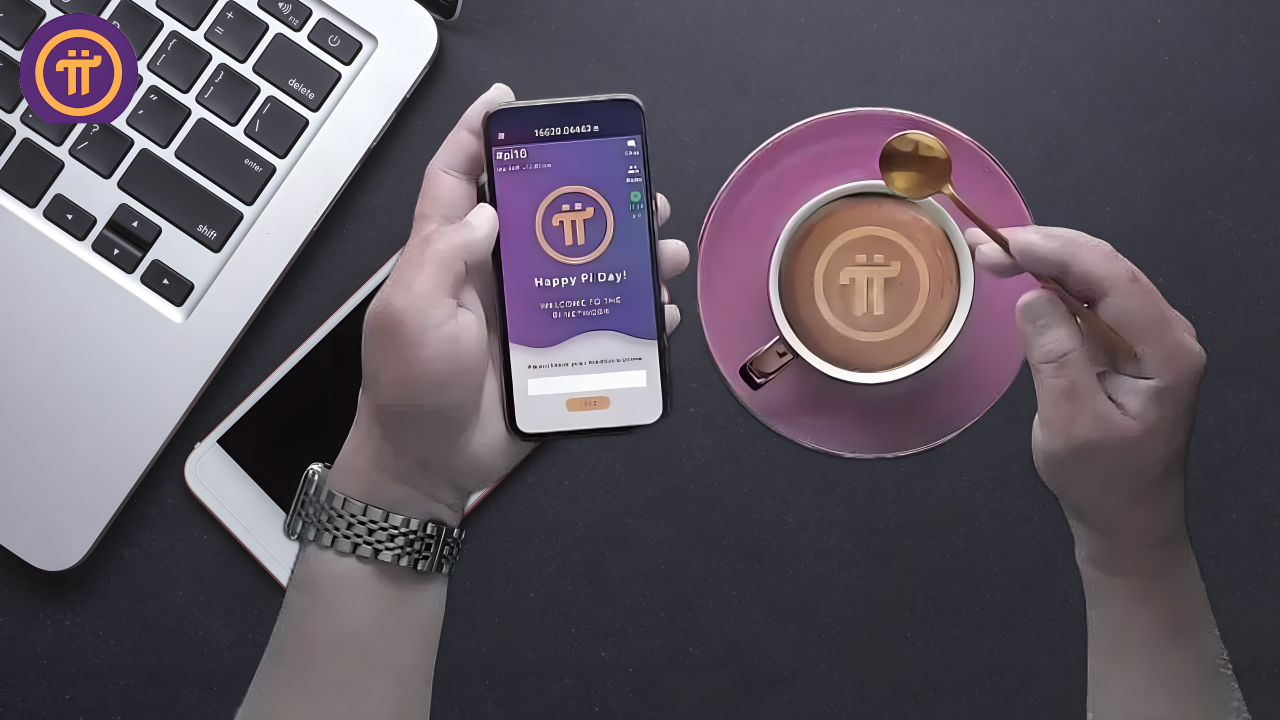Business
Pi Network’s Bold Move To Surpass Bitcoin
By Benjamin Abioye

Pi Network, a cryptocurrency project that has largely flown under the radar, is making bold promises to revolutionize the crypto industry and outperform Bitcoin
Launched in 2018, it has quickly gained popularity, attracting over 50 million users, mostly from emerging markets.
Despite its rapid growth, many people are still unfamiliar with Pi Network. However, the project’s developers are confident that Pi Network can become the next big thing in the cryptocurrency world.
Pi Network’s goal is clear: it aims to outperform Bitcoin. Created by two former Stanford University developers, the project seeks to address some of the fundamental issues associated with Bitcoin. One of its most significant advantages is accessibility. Unlike Bitcoin, which requires expensive mining hardware, Pi Network allows users to mine coins directly from their smartphones. This democratizes the mining process, making it accessible to people who cannot afford the specialized equipment needed to mine Bitcoin.
In addition to being more accessible, Pi Network also hopes to be more widely used in commerce. According to the developers, over 27,000 businesses are ready to accept Pi as a form of payment once the coin is fully launched. This ambition distinguishes Pi Network from Bitcoin, which has largely become an investment asset rather than a widely used currency. Bitcoin’s struggle to function as a stable and reliable currency is one of the key issues Pi Network seeks to overcome.
Pi Network has already achieved significant milestones. It has attracted over 50 million users, who are referred to as “pioneers,” and its app has been downloaded more than 100 million times. Other initiatives, such as the Fireside Forum, have been well received within the crypto community. However, one of the biggest challenges for Pi Network users has been the inability to convert their Pi coins into fiat currency. Developers have emphasized that they need to ensure the network is fully ready for this transition, learning from the mistakes made by similar projects in the past.
The next crucial step for Pi Network is the launch of its Open Mainnet, which is scheduled for the first quarter of this year. This will mark the transition from the current enclosed mainnet to a public one, allowing pioneers to begin selling their tokens. For this to happen, pioneers must complete their Know Your Customer (KYC) verification and transfer their coins to the new mainnet. The initial grace period for this process ended on November 31st, 2024, but it has been extended to January 31st, 2025, to accommodate the remaining pioneers who still need to complete their migration.
The success of Pi Network hinges on how the community responds once the tokens are available for trading. If a large number of pioneers choose to sell their coins immediately, Pi Network could face the same fate as other failed crypto projects. Without a sustained, long-term value proposition, Pi Network risks becoming just another fleeting cryptocurrency. However, if the developers can maintain user trust and ensure the coin’s utility in commerce, Pi Network could potentially overcome these hurdles and become a major player in the industry.
Send Us A Press Statement Advertise With Us Contact Us
And For More Nigerian News Visit GWG.NG













